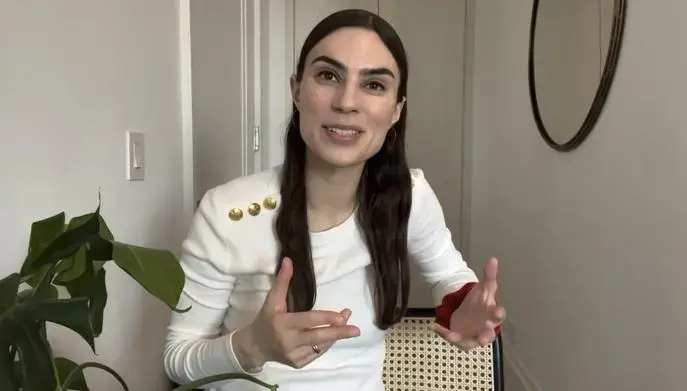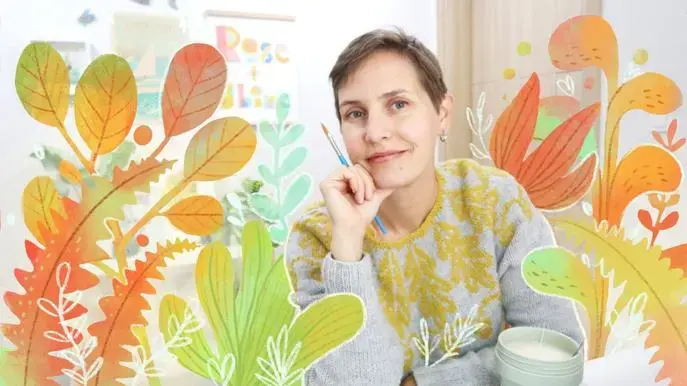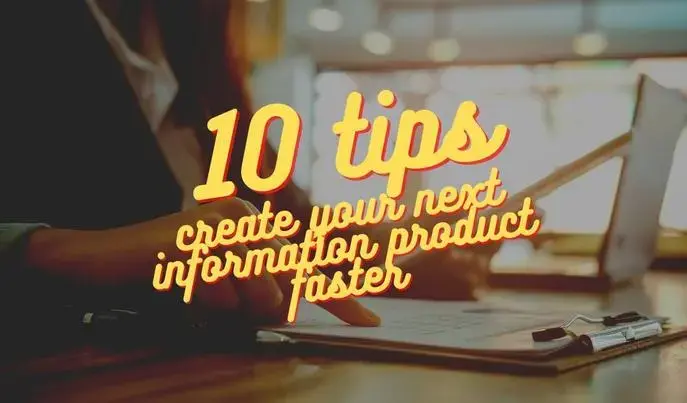Neuro-therapeutic Arts (Neuroart) Foundations
Self-paced course
Certification program
Price
Rating
Overview
(Note : The original title for this class was "Neurographic Arts Foundations, but was changed on request)
This class teaches about the basic Neuroart rules of drawing and colouring. It goes into teaching the student how to create Neurolines, metaphorical meanings of simple geometric shapes, colouring rules. The class is excellent for those who want to dabble a little into the world of Neuroarts and experience its therapeutic benefits first hand.
Required materials
1. Black/Blue Marker pen (nib size about 0.7mm to 1mm)
2. Coloured Pencils
3. Art Markers/Highlighters/other coloured markers.
4. Thick art papers (about 200gsm thickness)
5. Various sizes of coins.
---------------------------------------------------------------------------------
If you are not already a skillshare member, consider becoming one. Use this link to get a 2 week free trial.
(Disclosure : I do get a little kickback from Skillshare if you join with the above link.)
---------------------------------------------------------------------------------
===== Extra reading below about Neurogrphica =====
What is Neurographica(TM)?
Neurographica(TM) is a process created by the Russian psychologist Dr. Pavel Piskarev in 2014. It is very popular in the Russian and German speaking countries.
It is an art form that does not require any kind of drawing skill; basically if one can pick up a marker/pencil to draw lines in a controlled manner, one can make Neurographic Art (or Neuroart).
The process of making Neuroart can have therapeutic effects, but it is not recommended as a replacement for seeing a therapist (at the time of this writing).
It is like Art Therapy with rules; except it is not recommended as a substitution for seeing a therapist (at the time of this writing).
It has algorithms that a Neurographica(TM) practitioner uses to help their client/s achieve their goal/s.
It can be used as a form of self care to give yourself a few hours to exercise some self love as you engage with the process.
At a higher mastery level (ie. Specialist level and higher), practitioners can modify the technique/s to assimilate/inculcate some Metaphysical and/or spiritual underpinnings, hence creating a new algorithm. New algorithms can also be created by combining established psychological theories.
The Magic is in the “Doing”, not in the final product.
What can Neurographica(TM) do ?
-
It can change one’s ingrained thinking patterns, and therefore affect behavioural pattern/s.
-
Once the drawing technique is mastered (easily), no supervision is required to use the method again.
-
Reduction of stress level/s.
-
Purge any personal negative emotions, and negative energy that is in your body.
-
Potential to engage dormant brain neurons to increase “computational capacity”, and thus help with arriving at a solution to a difficult problem/issue.
-
Help any user to create new neurons and neural pathways in the brain, thus engaging the process of Neuroplasticity of the brain.
-
The process is capable of training your concentration, and putting anyone into a meditative state while engaged.
-
Art in any form enhances brain functions.
-
Gives the user a way of manifesting their own reality on paper.
-
Helps the user to anchor their hopes, thoughts, and wishes, during the drawing process; to help manifest them into this reality through the process of Resonance and Law of Attraction.
-
Create beautiful works of abstract art, without any formal training in Art.
-
Can boost your personal self esteem/confidence.
-
For personal and professional growth.
-
Works with the user at the subconscious level through drawing.
-
Used very effectively in Coaching and Counselling practices.
How does it work?
-
Research has revealed that our brain stores memories/information as patterns of neuron activation. (1) (2) (4)
-
When you draw familiar metaphors/symbols on paper and then associate them with newly formed meaning/s, the brain mirrors the activity by activating the neurons involved in recognizing the metaphors/symbols. (3) (4) (5) (6) And hence, create and anchor the new meaning manifested into a new pattern of neuronal activation.
-
It is widely accepted that learning fine motor activity rewires the brain.
-
And it is also a well known fact that when you do more of something, it becomes a habit and becomes easier. This can be explained as the process of Automaticity kicking in, requiring your brain to use fewer resources in doing the same task. (7) (8) (9)
-
You put all the above information together and you have the recipe to “make positive changes through strategic drawing.”
NOTE : As with any technique, you have to put in the time to see the results. You reap what you sow. There are no shortcuts to achieving the results that you want.
A quote from the English translated version of a Russian research paper on Neurographica(TM)
"The main conclusion of the literature review and the practical results of its use is that neurographics has the ability to activate the maximum number of points of influence on stress reduction and helps to change the subjective perception of the situation, form new ideas that enable a person to take qualitatively new actions. "
Ananyeva E.P. - Neurographics as an art-therapeutic method for accompanying cancer patients in a stressful situation of chemotherapy // Psychology and Psychotechnics. - 2018. - No. 3. - P. 101 - 112. DOI: 10.7256 / 2454-0722.2018.3.26744
References
(1) Hurtienne, J. 2006, Image schemas and their metaphorical extensions – New Patterns for intuitive interaction?
(2) Lawley, J. & Tompkins, P. 2009. Embodied Schema: The basis of embodied cognition, The Clean Collection : The developing group.
(3) Glenberg, A. M. & Robertson, D. A. (2000). Symbol grounding and meaning: A comparison of hi-dimensional and embodied theories of meaning . Journal of Memory and Language, 43, 379 -401. doi: 10.1006/jmla20002714
(4) Mahon, B.Z. & Caramazza, A. (2008). A critical look at the embodied cognition hypothesis and a new proposal for grounding conceptual content. Journal of Physiology - Paris, 102 , 59–70.
(5) Aziz-Zadeh, L., Koski L., Zaidel, E., Mazziotta, J. & Iacoboni, M. (2006). Lateralization of the human mirror neuron system. The Journal of Neuroscience, 26(11), 2964 –2970
(6) Ehrsson, H.H., Geyer, S., & Naito, E. (2003). Imagery of voluntary movement of fingers, toes, and tongue activates corresponding body-part–specific motor representations. J Neurophysiol, 90, 3304–3316. DOI: 10.1152/jn.01113.2002.
(7) Logan, G. D., Taylor, S. E., and Etherton, J. L., (1996). Attention in the Acquisition and Expression of Automaticity., Journal of Experimental Psychology: Learning, Memory, and Cognition, 22(3), p 620-638
(8) Logan, G. D. (1988). Toward an instance theory of automatization., Psychological Review, 95, p 492-527.
(9) Logan, G. D. (1990). Repetition priming and automaticity: Common underlying mechanisms?, Cognitive Psychology, 22,p 1-35.
Learning outcomes
Post this credential on your LinkedIn profile, resume, or CV, and don’t forget to celebrate your achievement by sharing it across your social networks or mentioning it during your performance review
Similar courses
Featured articles
681 students
English
Beginner















